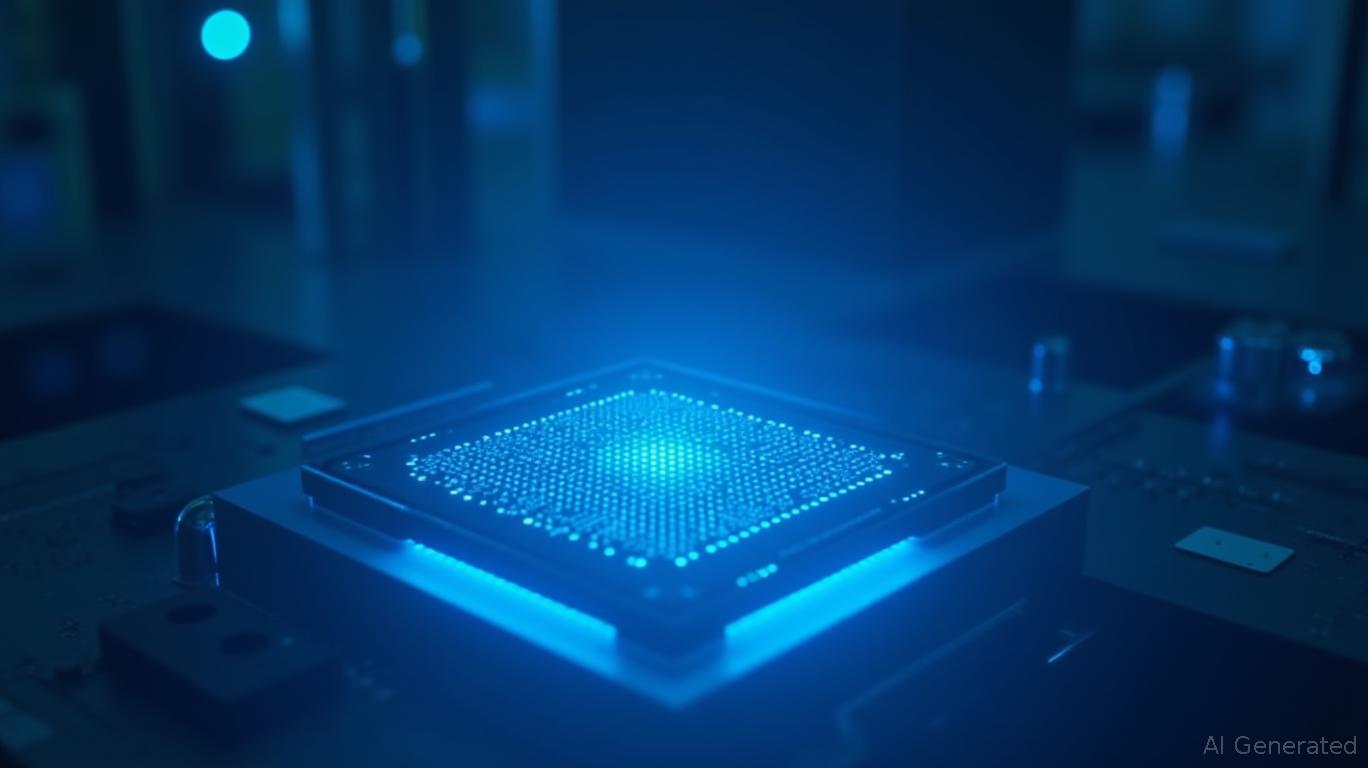Achieving Buffett-Style Returns in AI: The Case for NVIDIA and SoundHound
In Warren Buffett's value-investing playbook, the key to compounding wealth lies in identifying businesses with sustainable competitive moats, predictable cash flows, and expanding addressable markets. Today, two companies—NVIDIA (NASDAQ:NVDA) and SoundHound AI (NASDAQ:SOUN)—are emerging as candidates for this model in the AI revolution. While their paths differ, both possess traits that could generate Buffett-esque returns over the long term. Let's dissect their moats, growth trajectories, and risks.
NVIDIA: The AI Infrastructure Monopoly

NVIDIA's 92% market share in AI GPUs (Q1 2025) is a moat so wide it borders on unassailable. Its CUDA software ecosystem—a decades-old network of developers, tools, and partnerships—has become the de facto standard for AI training and inference. This ecosystem creates switching costs so high that competitors like AMD and Intel have struggled to gain traction, even with price cuts.
Why it matters:
- Pricing power: NVIDIA's data center revenue surged to $35.6 billion in Q4 2024, driven by AI workloads. Gross margins remain north of 73%, thanks to limited competition in high-end GPUs.
- Moat widening: The Blackwell architecture (e.g., GB200 chips) offers 2x the energy efficiency of predecessors, locking in customers seeking cost-effective AI scalability.
- Geopolitical tailwinds: While U.S. export bans on its H20 chip created a $5.5 billion inventory loss, the company pivoted to compliant variants like the H800. This underscores its ability to adapt and retain market share amid regulatory headwinds.
Risks:
- Supply chain bottlenecks: The 800V HVDC infrastructure shift—critical for megawatt-scale data centers—requires complex partnerships and could delay revenue.
- Margin pressure: The H20 write-downs and slower Blackwell ramp pushed Q2 2025 gross margins to 74.4%, down from 75.1%.
SoundHound: The Voice AI Specialist with a Niche Moat

While
dominates the infrastructure layer, SoundHound excels in voice AI, a niche with its own moat: Speech-to-Meaning (S2M) technology. Unlike rivals that convert speech to text first, SoundHound's S2M parses audio directly into intent, enabling faster, multi-faceted queries (e.g., "Find Italian restaurants near the Space Needle open past 9 PM"). This capability is hard to replicate due to years of training on 25+ languages and billions of conversations.
Why it matters:
- Enterprise-friendly model: Clients like Hyundai, Mercedes-Benz, and pizza chains use SoundHound's white-label solutions to avoid Big Tech dependency. No single customer accounts for >10% of revenue, reducing risk.
- Addressable market: The voice AI sector is projected to hit $20.4 billion by 2030, driven by automotive, healthcare, and contact center adoption. Its Amelia platform now integrates generative AI, broadening use cases.
- Cash runway: $246 million in cash with no debt provides a 3+ year buffer to scale.
Risks:
- High valuation: A P/S ratio of 99x makes it vulnerable to market corrections. Adjusted EBITDA losses ($22.3M in Q1 2025) and free cash flow burn are red flags.
- Big Tech competition: While S2M is a strong differentiator, Amazon and Google could invest heavily to catch up.
Valuation and Investment Thesis
NVIDIA:
- Long-term case: AI's demand for compute is exponential, and NVIDIA's GPU leadership is structural. Data center revenue could hit $120 billion by 2030, assuming 15% CAGR.
- Price: Shares trade at ~45x 2025E earnings. While expensive, its moat and pricing power justify a premium.
- Investment advice: Hold for the long term, but monitor Blackwell's ramp and geopolitical risks.
SoundHound:
- Long-term case: Its S2M tech and enterprise focus position it as a first-mover in agentic AI. The $140 billion addressable market includes healthcare, finance, and automotive—sectors where voice interfaces are critical.
- Price: Overvalued on traditional metrics, but a buy-and-hold strategy could pay off if it achieves scale.
- Investment advice: Consider a small position for high-risk, high-reward exposure. Avoid if you prioritize near-term profitability.
Conclusion: The Buffett Playbook in AI
Buffett's mantra—“It's far better to buy a wonderful company at a fair price than a fair company at a wonderful price”—applies here. NVIDIA is a “wonderful company” with a moat that grows wider each year. SoundHound, while riskier, is a “special situation” with a unique tech edge in a booming niche.
For patient investors, NVIDIA's dominance in AI infrastructure and SoundHound's voice AI moat offer Buffett-style opportunities. However, both require disciplined risk management—NVIDIA's geopolitical hurdles and SoundHound's valuation risks are not to be ignored.
Final call: NVIDIA is a core holding for long-term portfolios. SoundHound is a speculative bet best allocated in small doses. Both, however, embody the principles of moats and growth that Buffett would respect.

Comments
No comments yet